Barefoot Training: Why You Should Start Every Session Without Shoes
Barefoot training isn’t anything revolutionary. Intentional or not, it’s something that has been used for centuries. From the early ages of track and field, to dance and gymnastics, and even in the sport of powerlifting, training without shoes has a broad and timeless reach.
Becoming one with the foot has been apart of my coaching and programming since I got started. I have seen the anecdotal benefits in health and performance through a vast range of athletes and clients, which has only affirmed my belief in implementing some aspect of barefoot training in my everyday programming.
Understanding Your Natural Springs and Shock Absorbers
Although beyond the scope of this article, it’s important to have a baseline of understanding of the structure of the foot and ankle and how it operates. The foot and ankle consists of 26 bones, 56 joint articulations, and over 100 different muscles.
The foot and ankle work in coordination to support and stabilize the rest of our body. It is typically the first tangible point of contact with the rest of the world, which aids in proprioception and kinesthetic awareness, fancy words for knowing where your body is in space and how to balance.
They are the first link in the kinetic chain, helping to distribute not only force production but also force absorption. If any dysfunctions or deficiencies exist in the feet and ankles, the issues will typically travel up the chain leading to issues in the knees, hip and low-back areas, and potentially the shoulder and neck regions.
Due to the complex mechanisms of the foot and ankle, learning how to properly utilize and organize these structures can go a long way in prolonging health and improving performance.
Whether you’re trying to improve stability in the lower-leg, increase agility, better an athlete’s injury prevention mechanisms, or simply want to break up the monotony of your training sessions, barefoot athletic training has many benefits and applications.
Who Can Benefit?
We live in a society plagued by the sedentary lifestyle. No matter if you’re a personal trainer, athletic trainer, or strength coach, the majority of the clientele you work with spends roughly 70 percent of their day sitting down.
To exacerbate the issues known with prolonged sitting, when we are on our feet we rely on overly cushioned shoes that not only weaken the structures of the lower-leg but also dampen the sensory feedback our foot can so richly provide. For the athletic populations that must compete on a high level, these societal structures can be a recipe for injury and decreased performance.
The most common population to highlight the positive effects of barefoot training is the running group. A large number of studies have been conducted that show that the implementation of barefoot running has decreased knee and hip/pelvis injuries.
However, for athletes who perform high-impact and fast stop-and-go activities like in basketball, football, or soccer, going barefoot in training can present challenges. What I have found to work best is utilizing similar movement patterns that are presented in the sport but keeping the drills low-impact with the focus being on reteaching the body to organize in a more efficient manner.

Getting On Your Feet
Like anything else in training, when implementing barefoot athletic modalities into your plan it is important to have a basic progression pattern. Implementing too much too soon can result in unfavorable responses.
It should also be noted, because not everyone always utilizes his or her common sense, that knowing when and where to go barefoot is just as important. To keep your athletes safe be choose a surface that is somewhat forgiving. I find that grass, turf and rubber floor surfaces work best (stay off of hardwood and concrete). I also rarely, if ever, allow my athletes to lift weights barefoot. If you’re willing to lose a few toes, then lift away!
Start small with basic release techniques at the bottom of the foot. I suggest using a tennis ball to start and then eventually progressing to a lacrosse ball after several weeks. This release therapy helps to break up the fascia at the bottom of the foot that can become locked up from being a shoe the majority of our day.
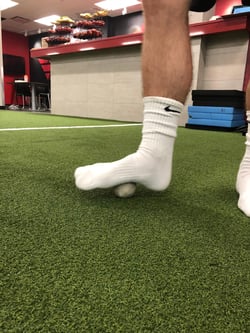
We then add in basic mobility exercises that take the foot and ankle through full ranges of motion. These non-weight bearing exercises would progress to weight bearing and standing exercises that can be associated with basic dynamic warm-up drills.
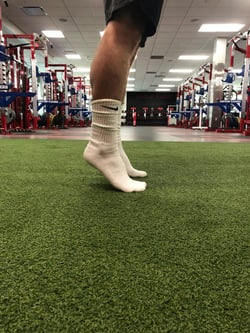

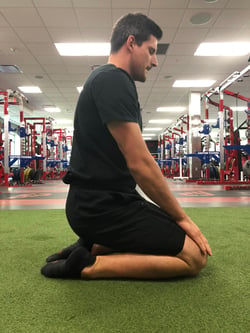

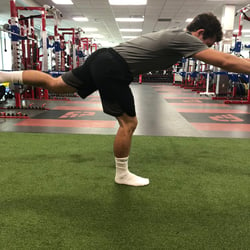
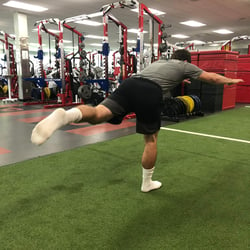

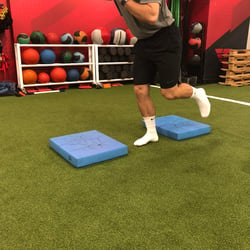
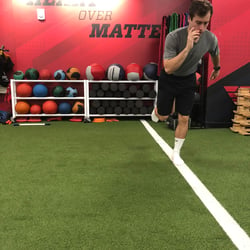
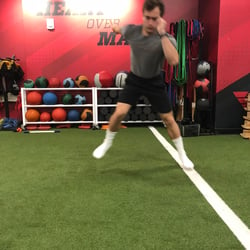
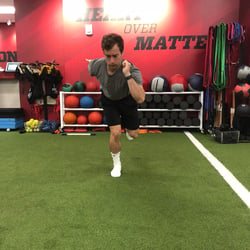
The focus of standing exercises would be on the basic functions of the foot and ankle. Learning how to properly organize during supination and pronation, absorb a landing with emphasis on proper positioning of the foot, ankle, knee, and hip complex, and teaching how to stay rigid and stiff during propulsion movements.
When it comes to truly preparing your athletes for competition, nothing beats good old fashioned strength training. Barefoot training simply gives you another tool for your toolbox that when used appropriately, can produce some fantastic results.
Subscribe to our blog
Subscribe to receive the latest blog posts to your inbox every week.
Related posts
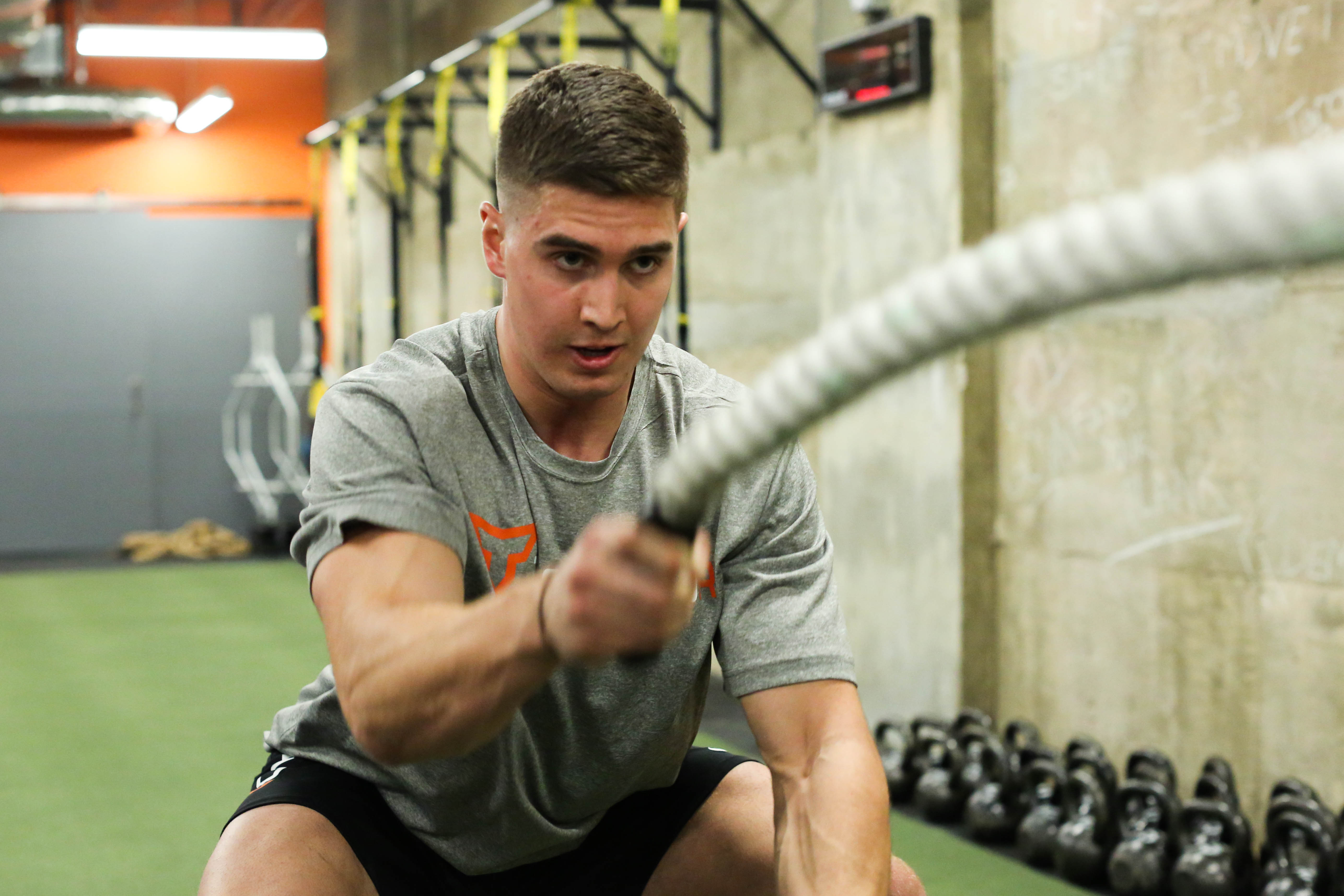
Why Strength Coaches Should Know About "Productive Disruption"
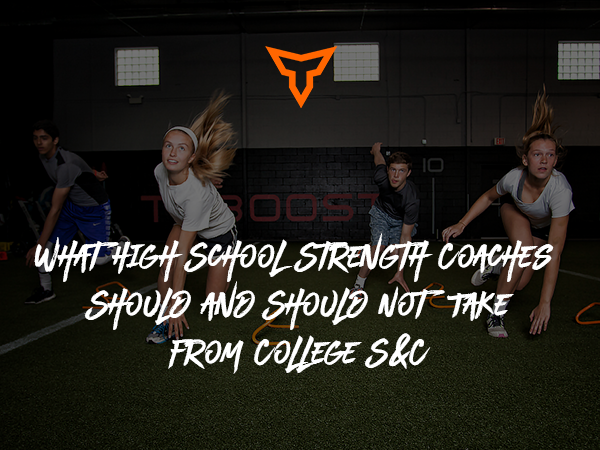
What High School Strength Coaches Should and Should Not Take from College S&C

